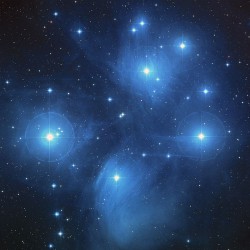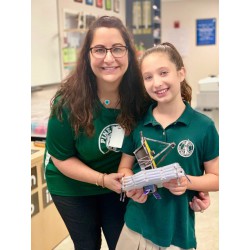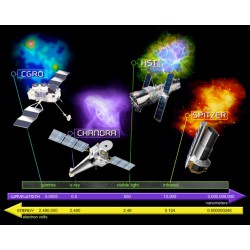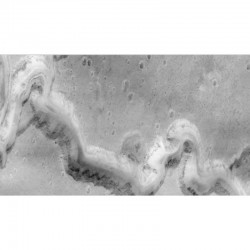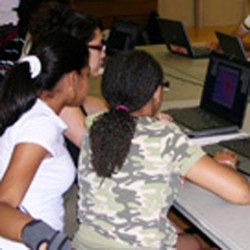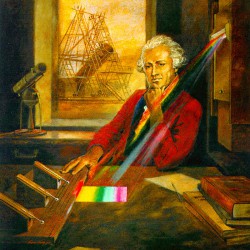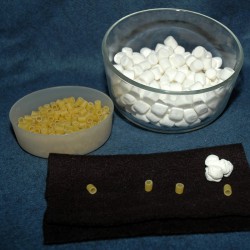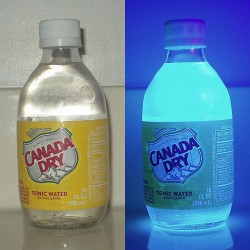Sort
Look Up! First Image There are 17 items.
This collection is centered around the James Webb telescope. Patrons learn about filtered light, create a Webb Space Telescope model, and learn the importance of observation.
-
Improv with the Stars!
After learning about four stellar classifications and the characteristics of stars, groups of patrons act out an improvisation of a personification of the four stars while the audience has to guess which star type is which. 0
Check It Out
-
Filtered Light
Use colored filters with art supplies like astromers use filters to study the universe. 0
Check It Out
How-to Video -
NASA's James Webb Space Telescope Model
Patrons build a paper model of the James Webb Space Telescope to learn about the different components. 0
Check It Out
How-to Video -
Multiwavelength Bingo
Patrons play a version of 'Bingo' with a card that features different wavelengths of the electromagnetic spectrum, including different types of galaxies and nebulas. 0
Check It Out
-
A Matter of Perspective
Children observe images from very close up and from far away to establish what they can learn from different perspectives... 0
Check It Out
-
Coloring the Universe (with Pencil Code)
Participants use pencilcode.net to undertake a series of simple programming exercises, including recoloring images of scenes, everday objects, and finally, a supernova and a region where stars are forming. 0
Check It Out
How-to Video -
How Do We Find Planets Around Other Stars?
Discover the techniques scientists use to find planets orbiting distant stars: use a foam ball, a toothpick, and a small ball of clay. 0
Check It Out
How-to Video -
Seeing the Invisible: Infrared Light Detectors
1 Review(s)Infrared light is all around us, but we can't see it with our own eyes! Participants use digital cameras to discover infrared light sources. 890
Check It Out
-
Nuclear Fusion in Stars
1 Review(s)This simple and engaging activity explains nuclear fusion and how radiation is generated by stars, using marshmallows as a model. 1455
Check It Out
How-to Video -
Let's See Light in a New Way: Diffraction Spectra
Participants look at the "fingerprints" of different light sources using spectroscopes. 0
Check It Out
-
Make a UV Detector
1 Review(s)Use tonic water to make an ultraviolet light detector! 1125
Check It Out
How-to Video Family Take-home Activity A take-home that can be sent with patrons that wish to do STEM activities at home. These at-home activities cover similar topic areas as the associated activity and could be handed out at the conclusion of a program or left on a circulation desk for patrons to take home. -
After School Universe Session 4- Invisible light
Participants travel to different stations to learn about visible, infrared, and ultraviolet light and discover that "invisible" light is just as real as "visible" light! 0
Check It Out
How-to Video



